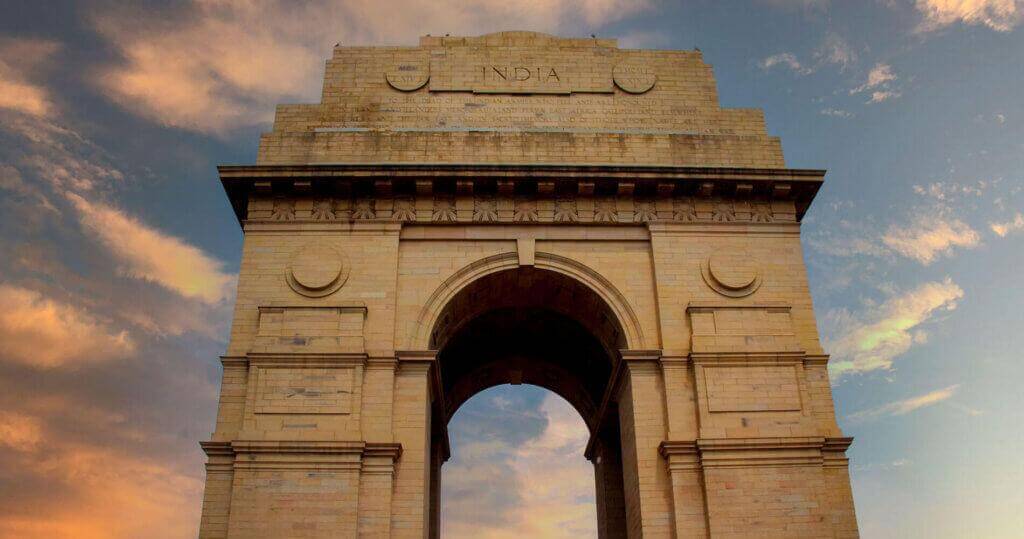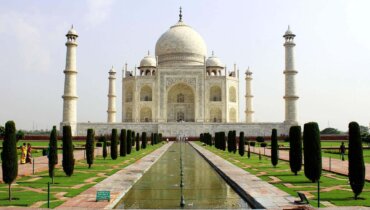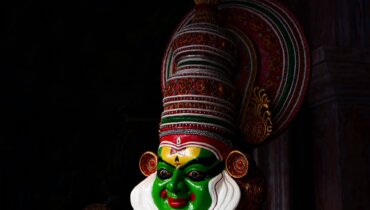
The Making of a Monument
The Gateway of India was built in the 20th century using Indo-Saracenic architecture. That means that this project was a collaboration of both Gujarati and Arabic styles of architecture.
The genius behind this project was Scottish architect George Wittet. The construction started in March of 1911 and the finished structure was completed in 1924. On December 4, 1924 the monument was officially inaugurated.
Style
The Gateway of India is made with basalt. That was a unique choice of stone for two reasons. The first is that basalt is resistant to acidification, and being so close to the Arabian Sea, that is important. The second is that since it’s yellow, it makes for a pleasing visual experience even if you are too far away to see all of the fine details. This, along with the latticework and the inlaid stones make the building so recognizable.
The structure is separated into three parts. The first part is the central arch. It stands at 26 meters, or 85 feet, tall. On top of the arch are four turrets on each of the four corners. The other two sections appear on either side of the main archway. These are halls that can each hold up to 600 people at a time.
And the Monument Goes To…
As the name suggests, it was meant to be the entrance into India. It was built to commemorate King George V and Queen Mary’s visit to India. However, when they landed on Indian shores, they were not greeted by the massive structure. Instead, a cardboard replica of the intended finished project was erected during their stay.
Cultural significance
There has been a shift in perception of what this monument represents in society since the time it was built. Pre-independence it signified the power and wealth of the British empire. It glorified the British rule of India.
Post-independence, sentiments changed. In 1948, the last British troops left India. They used the Gateway of India for their retreat following Indian independence. They held a ceremonial 21 gun salute as they left India for the last time. For many Indians today, it represents their independence.
Fun Facts
The Gateway of India is often called the Taj Mahal of Mumbai.
The architect drew inspiration from the Arc de Triomphe in Paris.
It was chosen to be one of 15 locations across the world to be illuminated as part of the Stranger Things world in preparation for season four.
The location is significant for members of the Jewish community. They have been lighting a menorah there since 2003.
The Gateway of India was built on reclaimed land. The reclamation happened from 1915-1919.
The same architect also designed several other important Mumbai landmarks like the Prince of Wales Museum, the Institute of Science, and the King Edward Memorial Hospital.
The Gateway of India may no longer be the only entrance into India, but Indians still feel pride in this monument. To carry a piece of India with you, take a look at Maatir’s collection of Gateway of India inspired totes, tees, and sweatshirts. Let it be a gateway into your memory of the time you spent at this incredible place.




